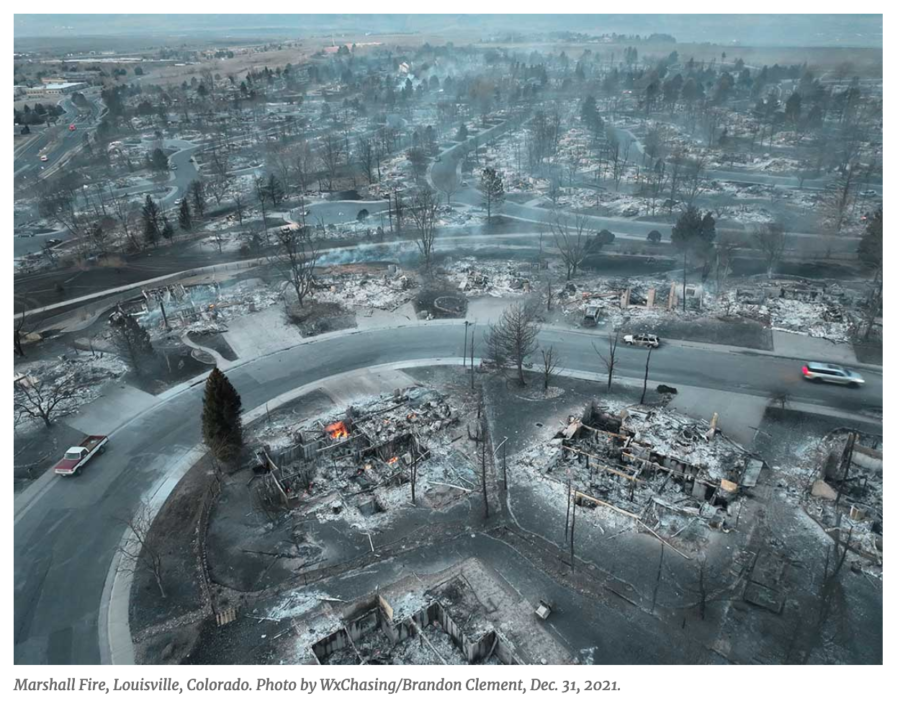Firefighters from several cities, towns, and metro areas in western Oregon headed to the woods last week to learn wildland firefighting skills so they can step in and help out when wildfire season kicks in this year.
About 25 agencies sent 125 firefighters to the 12th annual Metro Advanced Wildland School, which trains structural firefighters in wildland firefighting, according to a report by KPIC.com — and that report noted that for some, talking to a pilot in a helicopter is almost like learning a different language.

“We’re not typically used to doing that, outside of a medical evac,” said Rachel Brozovich, a Keiser Fire District captain. “We come from different backgrounds, so we have to have a common terminology. So that’s what we’re working on today is that common terminology and really clear communication.” She said communication is important with a water drop because water from the bucket falls with a force of eight pounds per gallon, so a 100-gallon bucket of water could hit firefighters with 800 pounds of force, enough to injure or even kill them.
And that would be one of the smaller buckets; larger buckets carry 1,000 gallons.
The training for these structural firefighters takes place on private property.
KGW-8 News reported that firefighters from a couple dozen different agencies met in Molalla, Oregon, on Friday, June 9 as part of a two-day Advanced Wildland School. “It’s one thing to talk about fire, it’s a whole different thing when you’re faced with it,” said Philomath Fire & Rescue Deputy Fire Chief Rich Saalsaa.
He said that’s just one reason that firefighters from the Willamette Valley and Portland metro areas met for training at the annual Metro Advanced Wildland School (MAWS). Techniques students practiced included use of hand tools, radio communications with a helicopter doing water drops, triaging homes, and extinguishing live fire. “Out in the wildland, out in a forest, if we don’t have ready water sources there, it’s you and your shovel and your axe, and be able to basically cut a line to stop the forward progress,” Saalsaa added.
He said the training will help crews not only on wildland fires but back at home as well. “We used to be deployed on four-day and seven-day conflagrations. Now, they’re 14 and 28 days. The Bootleg Fire was one of the largest we’ve had in the state of Oregon, that’s unfortunately becoming the norm now rather than the exception,” explained Saalsaa. He said the students at this training event are about 50-50 volunteers and career firefighters.








 High winds, even with occasional hurricane-force gusts, are not unusual in this foothills region of Colorado, where the eastern prairies meet the Rockies. According to a
High winds, even with occasional hurricane-force gusts, are not unusual in this foothills region of Colorado, where the eastern prairies meet the Rockies. According to a 


